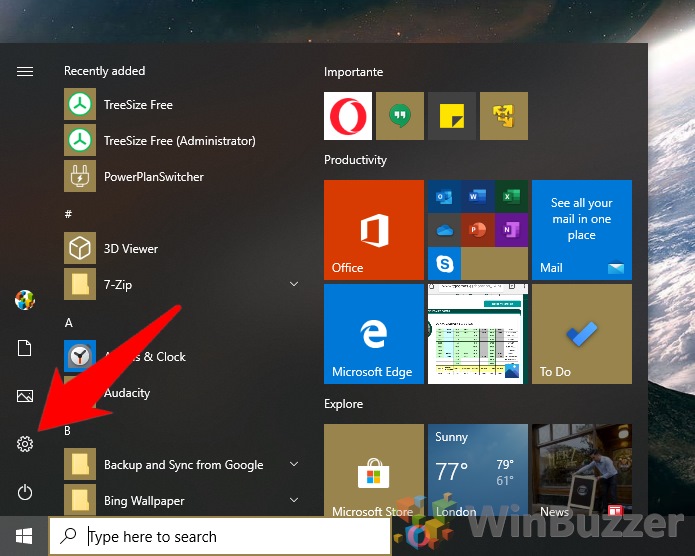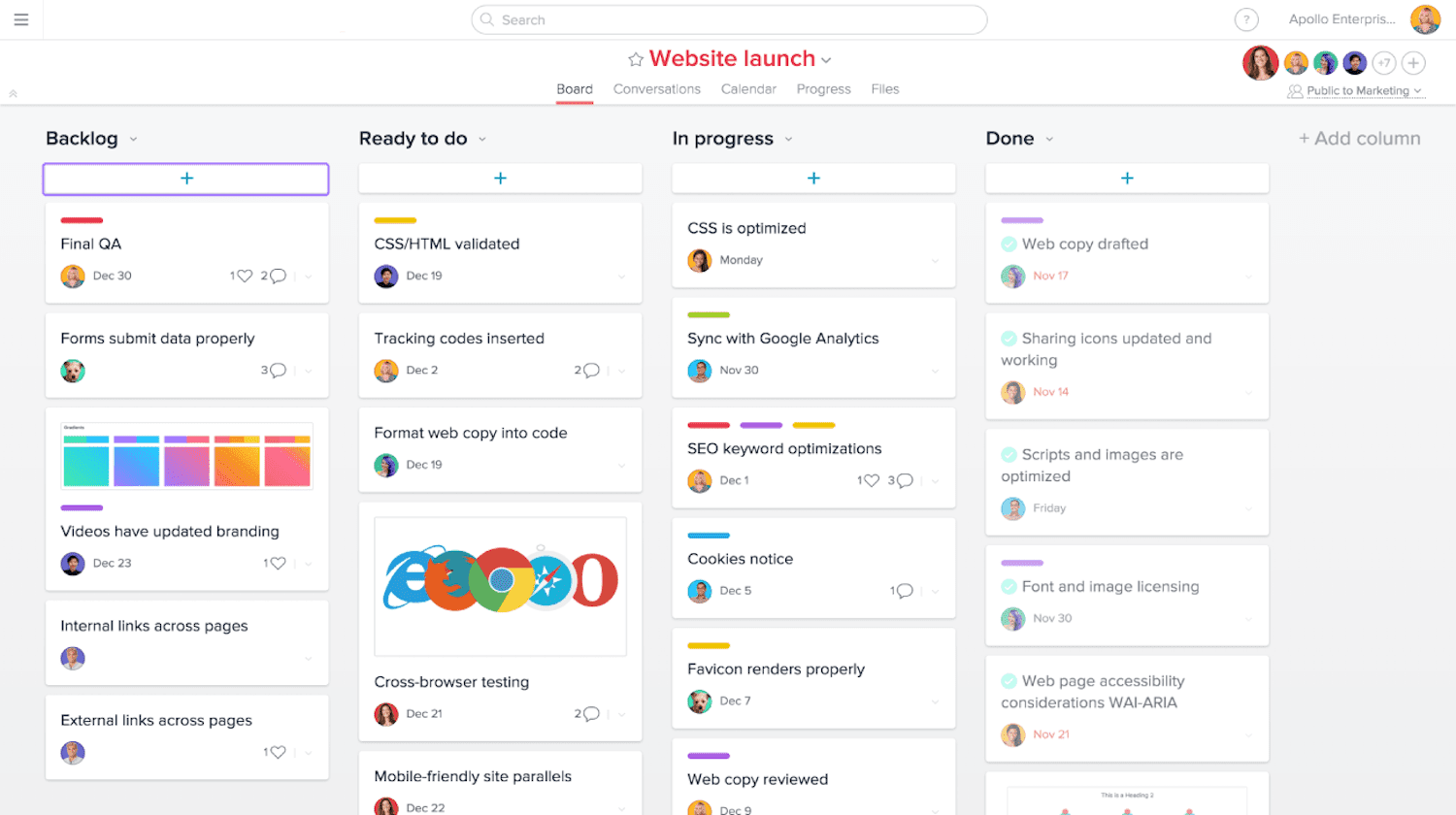
- How to use open board view manuals#
- How to use open board view full#
- How to use open board view software#
How to use open board view full#
Converting all other layer colors to grayscale or monochrome lets you retain the spatial relationship information about the location of other objects in the design, without distracting you from the layer of interest. To cycle between the full display and each of the enabled single-layer modes, press the Shift+S shortcut. As well as hiding all objects on all other layers to display only the contents of the current layer, Single-Layer mode has grayscale and monochrome display modes. Single Layer mode displays the contents of the current layer while hiding or dimming the contents of all other layers. Integrated with Board Insight are the Single-Layer mode features, which are configured on the PCB Editor - Board Insight Display page of the Preferences dialog.

Single-Layer Mode Single-Layer 2D Display Mode The same board is shown in Board Planning mode, 2D Layout mode, and 3D Layout mode. To switch the display of the PCB design space to 2D or 3D Layout Mode and see the same location and orientation of the board as you switch, use Ctrl+Alt+2 and Ctrl+Alt+3 shortcuts respectively. Note that when using the commands from the View main menu or 2/ 3 shortcuts for switching between 2D and 3D Layout Modes, each of these modes retains the previous view orientation, zoom and layer configurations as it last displayed. Combine the 3D display mode with a 3D mouse to view and manipulate the loaded 3D board as if you were holding it in your hand.
How to use open board view manuals#
How to use open board view software#
The substantial improvements in 3D video cards and the supporting software technology have allowed Altium to develop a solution to this problem, which is true three-dimensional PCB editing.

However, the physical PCB is a three-dimensional object, which requires the PCB designer to take the multiple-layer, 2D representation on the screen and map that to a 3D representation in their mind. Historically, PCBs have been laid out in a two-dimensional design space that uses colors to represent the various layers of the PCB. Open the Jam file > click Share type in the email addresses click Done.All Contents Working in 2D and 3D Layout Mode Participants from a different organization than the Jamboard host need to be given access.Important: You’ll need to give access to any participants who join the video call after the Jamboard is shared. Participants not on the calendar invite but in the same organization as the Jamboard host are automatically given edit access if the Jamboard is shared after they’ve joined the video call.

You'll need to grant them edit access to the Jamboard. Important: If you're a Google Workspace for Education user, participants are given view-only access by default.


 0 kommentar(er)
0 kommentar(er)
